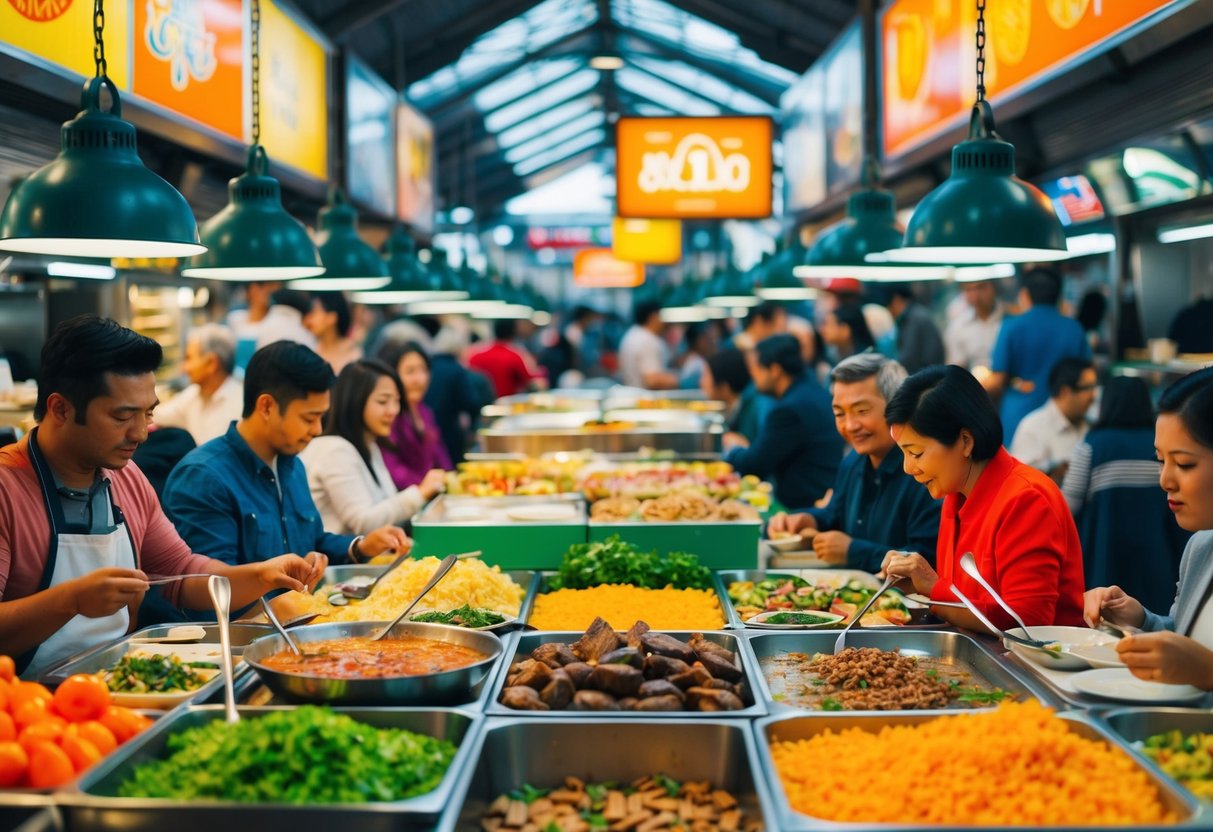Gourmet Journeys: Discover Hidden Dining Gems Across the Globe
North America’s Diverse Gastronomy
North America presents a rich tapestry of culinary diversity, offering flavors influenced by various cultural histories. In the United States, cities like New York and Los Angeles boast a thriving food scene, showcasing everything from iconic American burgers to innovative global cuisine. Food trucks and market halls bring a variety of options, making it easy to explore different tastes.
Canada’s culinary landscape is just as intriguing, with provinces like Quebec blending French heritage with North American ingredients, evident in dishes like poutine. Mexico, famed for its bold flavors and traditional techniques, delights with its assortment of tacos, moles, and fresh seafood offerings. These countries provide an extensive palette of flavors and styles, making North America a prime destination for culinary experiences.
Deep Dive Into Regional Flavors
Exploring regional flavors reveals the essence of a culture, offering a glimpse into diverse culinary traditions. From the intricate balance of flavors in Thai cuisine to the precision in Japanese dishes, and the diverse nature of Chinese cooking, each tradition presents a unique experience shaped by history, geography, and local ingredients.
Decoding Thai Cuisine
Thai cuisine is famed for its perfect harmony of sweet, sour, salty, and spicy flavors. A typical Thai meal includes a mix of dishes that feature an array of textures and tastes. Central to their cooking is the use of aromatic herbs and spices like lemongrass, galangal, and kaffir lime leaves.
Street food vendors serve dishes such as Pad Thai and Tom Yum, which are popular around the world. Coconut milk plays a significant role in their curries, with Green Curry and Massaman Curry being staples. Fresh ingredients are always prioritized to create vibrant flavors that please both the eyes and palate.
Experience the Best of Japanese Cuisine
Japanese cuisine is renowned for its meticulous preparation and presentation, with sushi being one of its most iconic offerings. Achieving perfect umami through ingredients like soy sauce, miso, and seaweed is a foundation of Japanese cooking.
Seasonal and fresh produce is essential, with sashimi exemplifying this focus on quality. Ramen and Tempura highlight the variety in flavor and texture. Japanese dining doesn’t end with sushi; Kaiseki, a traditional multi-course meal, showcases the chef’s skill and the season’s bounty, making it a culinary art form.
The Versatility of Chinese Cuisine
Chinese cuisine is incredibly diverse, with regional variations such as Sichuan and Cantonese offering distinct flavors. Sichuan is known for its bold, spicy flavors, often using Sichuan peppercorns to create a tingling sensation. Classic dishes include Mapo Tofu and Kung Pao Chicken.
In contrast, Cantonese cuisine emphasizes freshness and subtlety, using steaming as a popular cooking method. With dishes like dim sum and roast duck, Cantonese food focuses on highlighting the natural essence of ingredients. These regional styles illustrate the remarkable versatility and depth of Chinese culinary traditions.
Food Culture and Community

Food culture and community are deeply intertwined, forming the backbone of many societies. In regions across the globe, shared dining experiences play a crucial role in bringing people together. Meals often serve as a platform for storytelling, traditions, and celebrations, turning every gathering into a tapestry of flavors and memories.
Traditionally, many communities have relied on food to express their cultural identity. From the bustling markets of Marrakech to small street-side stalls in Bangkok, food is a central aspect of daily life. The preparation and sharing of meals reflect local traditions and serve as a bridge between generations, keeping cultural practices alive.
Dining experiences in these communities often go beyond just the consumption of food. In Italy, family meals are not just about eating; they are a chance to connect and converse. Similarly, in parts of Asia, communal dining promotes harmony and respect, with meals consumed around a shared table full of varied dishes.
These interactions contribute to a broader understanding of food culture. Eating out in new places allows travelers to engage directly with local customs and gain insights into the values of a community. Whether through the fragrant spices of Indian cuisine or the simplicity of Scandinavian dishes, dining across different cultures often unveils stories of heritage and tradition.
The importance of food in community settings underscores its role as a universal language. These dining experiences offer a glimpse into diverse ways of life, reminding everyone of the shared human experience found in the simple act of breaking bread together.



